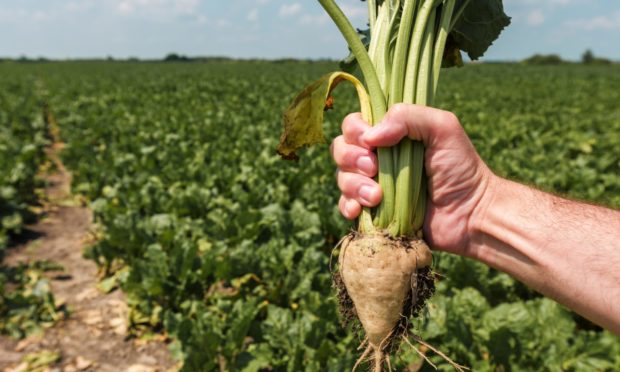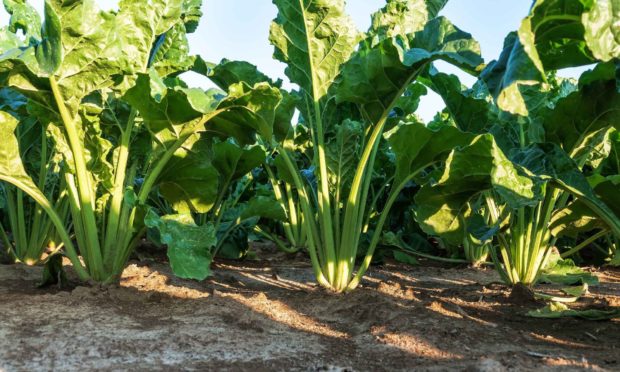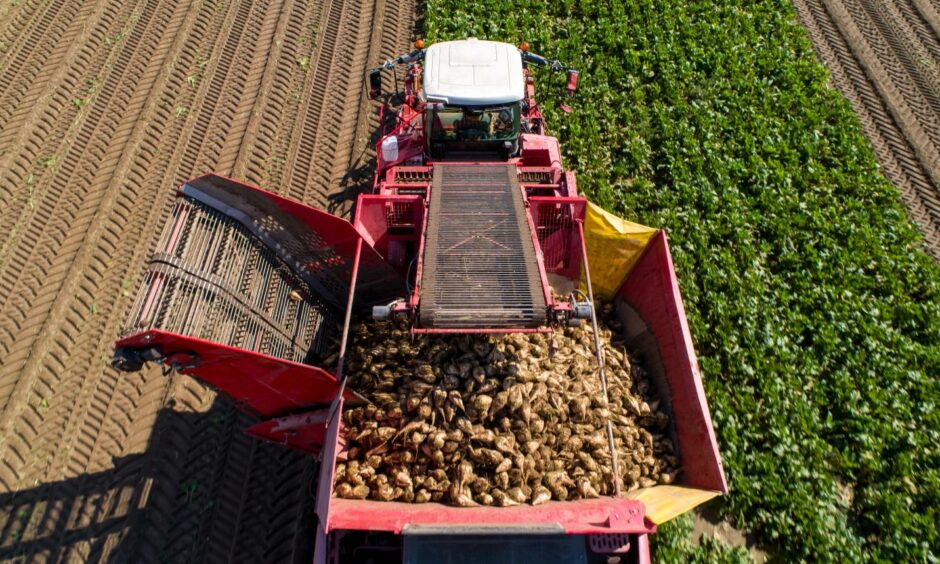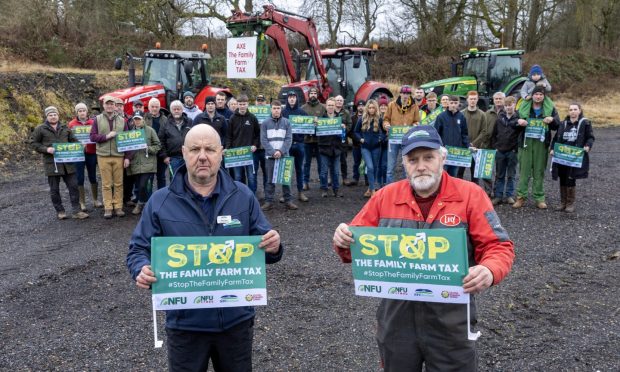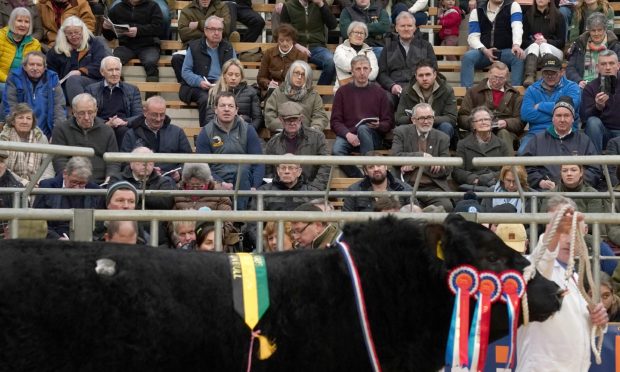Dundee and Grangemouth have been identified as possible sites for a new biorefinery facility to process sugar beet if it is reintroduced as a crop on Scottish farms.
A study, produced by the Industrial Biotechnology Innovation Centre (IBioIC) and funded by Scottish Enterprise, estimates reintroducing the crop to Scotland and building a refinery to process it could create at least 815 jobs.
The crop was grown in Scotland from 1926 to 1972 as part of the British Sugar Corporation, with beet processed into sugar at a facility in Cupar, Fife.
Average yields achieved in the mid 1960s were around 11 tonnes per acre, however trials growing the crop last year delivered average yields ranging from 20 to 27 tonnes per acre.
The report from the study suggests switching to a local supply of bioethanol, rather than importing it from Europe as is currently the case, could reduce Scotland’s carbon footprint by more than 280,000 tonnes of CO2 – the equivalent of taking nearly 61,000 cars off the road per year.
It says the ethanol could be used as a “natural and sustainable substitute” for petroleum-based chemicals used in a range of household goods, as well as antibiotics and for transportation.
The study proposes the creation of a farmers’ co-operative for growing sugar beet in Scotland, with an initial target of producing 1 million tonnes of the crop to produce 110 million litres of bioethanol each year.
A target area of 10,000 to 15,000 hectares would be required, which would need between 200 and 300 larger farms or between 333 and 500 smaller farms to grow the crop.
The report suggests the optimal size for a sugar beet processing plant in Scotland would be a 200 million-litre plant to produce 170 million litres of bioethanol a year. This would require an investment of £200 million, and the report estimates the plant would generate £24m profit per year.
“The report underlines the scale and significance of the opportunity for Scotland through the reintroduction of sugar beet and the creation of an associated bioethanol plant,” said IBioIC chief executive officer, Mark Bustard.
He said the introduction of the new E10 fuel mandate, which requires 10% of petrol fuel to be blended with bioethanol, effectively doubles the country’s need for sustainable sourced ethanol.
Scottish Enterprise managing director, Linda Hanna, said the report delivered a strong message on how to take action on climate change.
She said: “Not only can sugar beet provide a credible, sustainable, low carbon alternative to fossil carbon for manufacturing, it can also accelerate the growth of Scotland’s biotechnology sector.
“This report shows that the potential rewards are thousands of new jobs being created and existing jobs protected – many in our rural and disadvantaged communities – new crop opportunities for Scottish farmers, and dramatic decarbonisation of Scotland’s industrial sectors.”
Minister for Business, Trade, Tourism and Enterprise, Ivan McKee, welcomed the report and said it would contribute to the evidence-based decisions the Scottish Government will make in its transition to net-zero.
